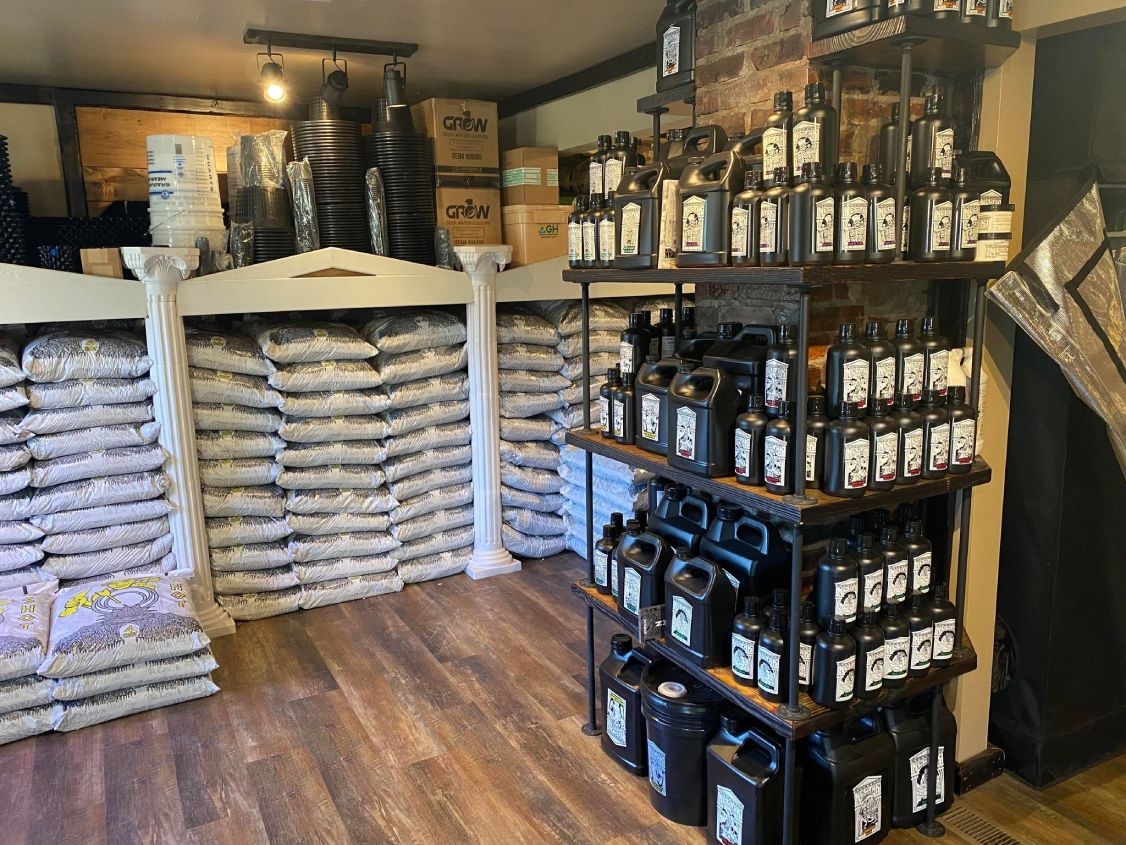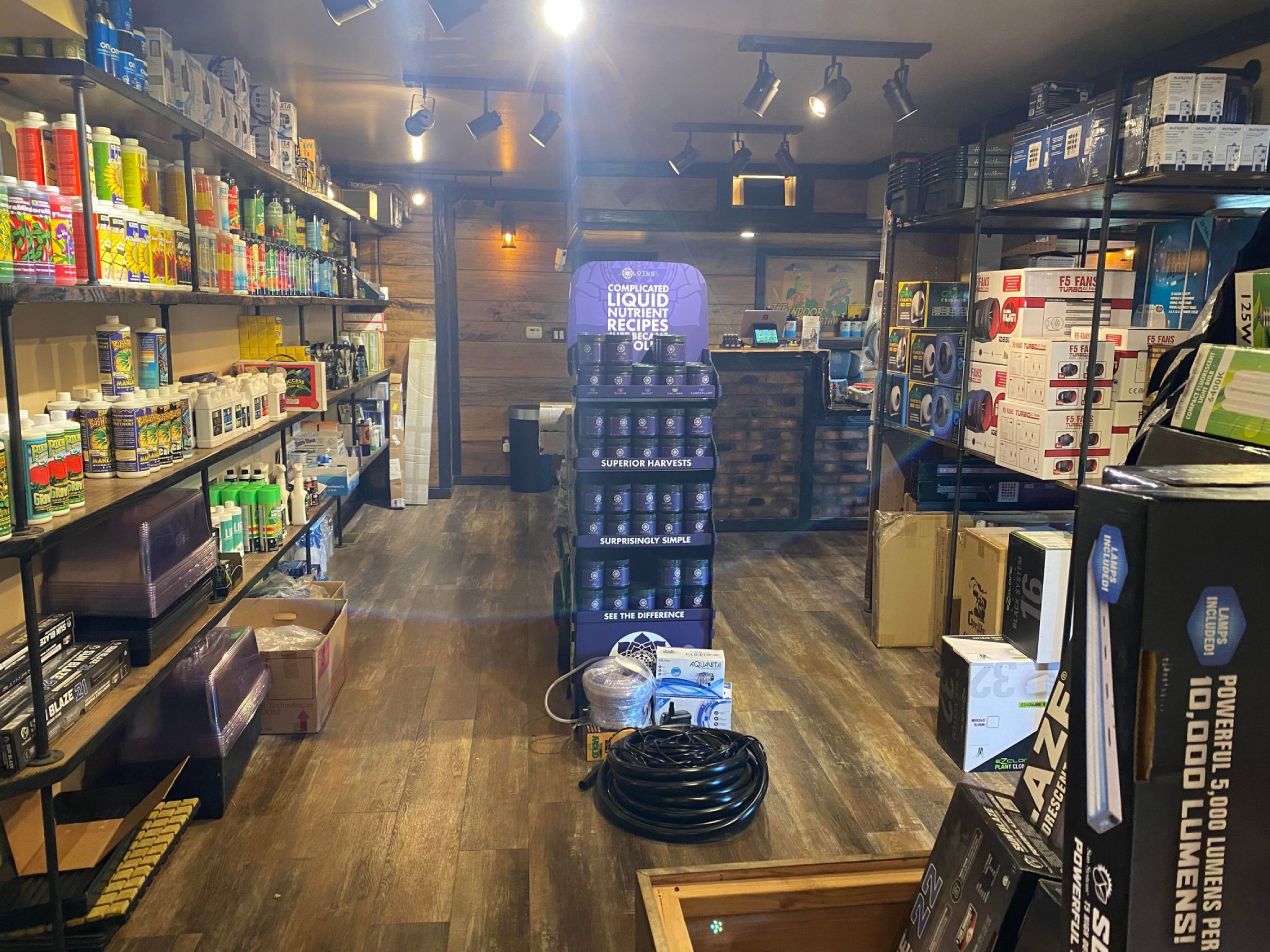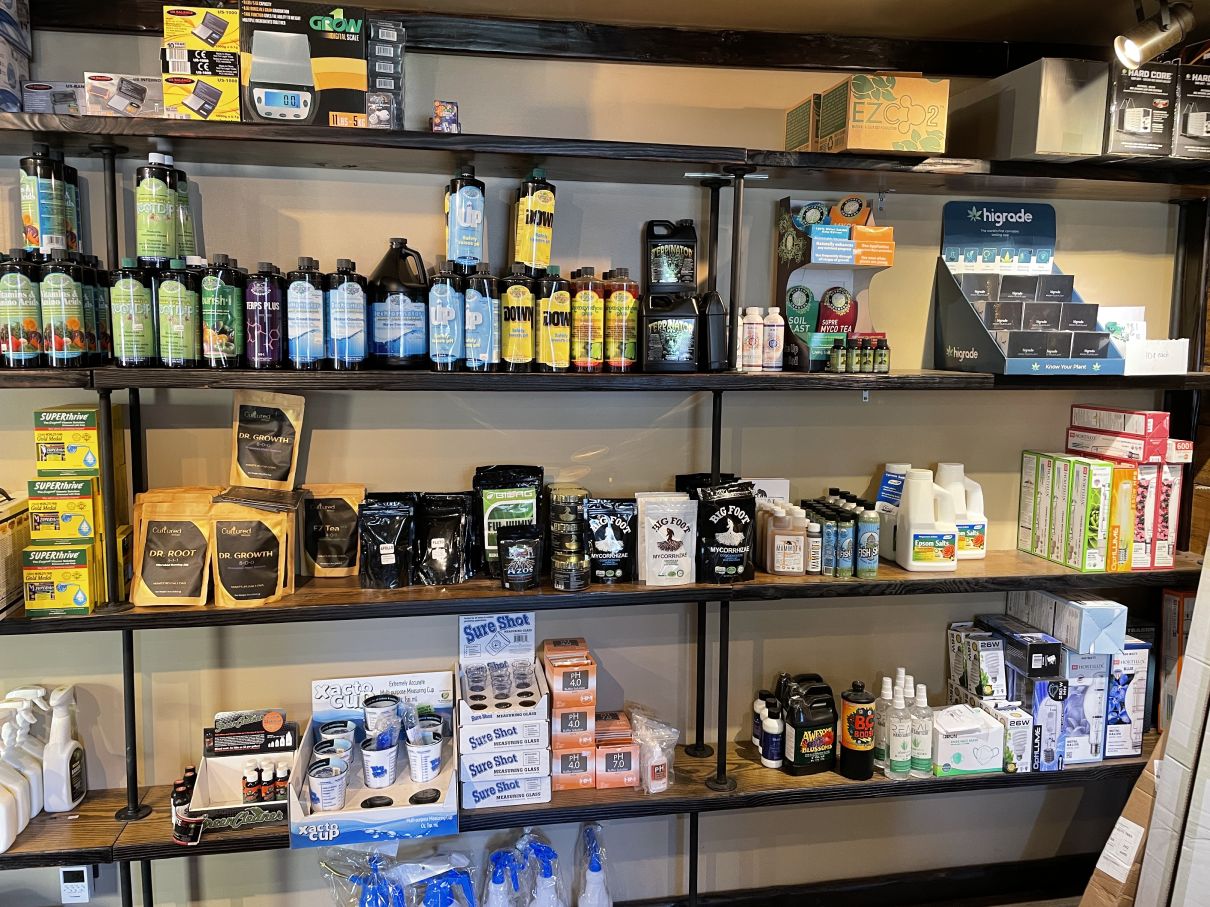Master the Art of Growing with The Indoor Earthworm's Experience
Wiki Article
Dive Into the World of Hydroponics: Discovering Various Kinds
Within the world of hydroponics exists a varied variety of cultivation approaches that provide special advantages for growing plants without dirt. As we start this exploration of various hydroponic systems, we will certainly uncover the ins and outs of strategies like the Nutrient Film Technique (NFT), Deep Water Culture (DWC), Wick System, Ups And Downs (Flood and Drain), and Aeroponics. Each approach presents an unique approach to supporting plants in a soil-less environment, promising innovation and efficiency in the world of contemporary farming.
The Nutrient Movie Strategy (NFT)
The Nutrient Film Method (NFT) is a hydroponic system that involves a constant flow of nutrient solution over plant roots in a slim movie to promote effective nutrient uptake. This technique uses a superficial stream of water which contains dissolved nutrients, allowing the plant roots to have continuous accessibility to the required elements for growth - The Indoor Earthworm. The nutrient solution moves along the base of the channel, getting in touch with the roots and after that draining away, supplying a highly oxygenated environment important for origin healthGiven that the nutrient remedy is recirculated, it needs much less water contrasted to standard soil-based horticulture. In addition, the controlled atmosphere of the NFT system lessens the threat of nutrient inequalities and illness, leading to much healthier plants.
Deep Water Culture (DWC)
Amongst the numerous hydroponic systems used for cultivating plants, Deep Water Culture (DWC) attracts attention for its easy yet effective design. In a DWC system, plants are positioned in web pots, enabling their roots to hang directly right into a nutrient service. This solution is oxygenated making use of air pumps and air stones to make sure that origins get an appropriate oxygen supply. The trick to success in DWC is keeping the proper oxygen degrees in the nutrient option to stop root rot and promote healthy plant development.One of the main benefits of DWC is its reduced maintenance needs. With less moving parts and no requirement for a complicated watering routine, DWC is a beginner-friendly alternative for those new to hydroponic gardening. Furthermore, the direct access to oxygen and nutrients permits plants to uptake what they need a lot more efficiently, typically causing faster growth rates and greater yields compared to conventional soil cultivation approaches. Regulating water temperature and preventing algae development in the nutrient option are important considerations when carrying out a DWC system.
Wick System
In hydroponic growing, the Wick System is a passive approach that allows plants to prepare nutrient option via capillary activity. This system is straightforward and appropriate for novices due to its simplicity. It includes an expanding tray full of an inert tool like perlite or vermiculite, where plants are placed. A wick, typically made from products like cotton or nylon, extends from the growing tray into a reservoir filled up with the nutrient service. The capillary action of the wick allows the nutrient option to relocate from the tank to the growing tray, making certain a continuous supply of nutrients to the plants' roots. One of the benefits of the Wick System is its inexpensive and index simplicity of configuration. It might not be ideal for bigger plants or those with high nutrient needs, as the easy nature of the system can lead to irregular vitamins and mineral distribution. Overall, the Wick System provides a read this post here efficient and straightforward means to exercise hydroponic horticulture.Ups And Downs (Flooding and Drain)
Checking Out the Ebb and Circulation (Flooding and Drainpipe) system provides understanding into a vibrant hydroponic technique that rotates in between flooding and draining pipes the plant roots with nutrient solution. This system operates by periodically flooding the plant containers with a nutrient solution from a tank and afterwards allowing the excess option to drain pipes back. The process is usually managed by a timer to ensure normal flooding cycles, supplying the roots with oxygen as the solution recedes.Ups and downs systems are flexible and can fit different plant sizes and types. They offer a good equilibrium of water retention and oygenation, advertising healthy origin growth. The periodic flooding helps provide nutrients directly to the roots, improving nutrient uptake efficiency. In addition, the ebb and flow action prevents water stagnation, minimizing the threat of origin rot and various other water-related problems.
This method is popular amongst hydroponic lovers for its performance, versatility, and simpleness to different plant needs. With correct surveillance and maintenance, the Ebb and Flow system can support durable plant development in a controlled hydroponic environment.
Aeroponics
Using a high-pressure misting system, Aeroponics is a cutting-edge hydroponic approach that puts on hold plant origins in an oxygen-rich environment to advertise optimum nutrient absorption and strenuous development. Unlike various other hydroponic methods, which immerse origins in water or a nutrient option, Aeroponics delivers nutrients directly to the roots via a great haze. This mist is splashed at regular periods, guaranteeing that the roots obtain a continuous supply of water, oxygen, and nutrients.
One of the key advantages of Aeroponics is its ability to maximize nutrient uptake while lessening water use. By providing nutrients directly to the origins, plants can absorb them extra effectively, causing faster growth rates and higher returns. In addition, the oxygen-rich setting developed by the misting system boosts origin advancement and helps avoid root diseases.
Aeroponics is find out here especially well-suited for expanding leafed greens, natural herbs, and various other plants that flourish in oxygenated settings. The Indoor Earthworm. Its efficient use sources and capacity to advertise rapid growth make it a preferred selection for hydroponic fanatics looking to attain optimum results
Conclusion
In verdict, hydroponics offers a series of ingenious strategies for expanding plants without dirt. From the nutrient movie technique to deep water culture, each method has its own benefits and challenges. By understanding and using these different sorts of hydroponic systems, individuals can check out brand-new opportunities for lasting agriculture and maximize plant growth in regulated atmospheres.
Report this wiki page